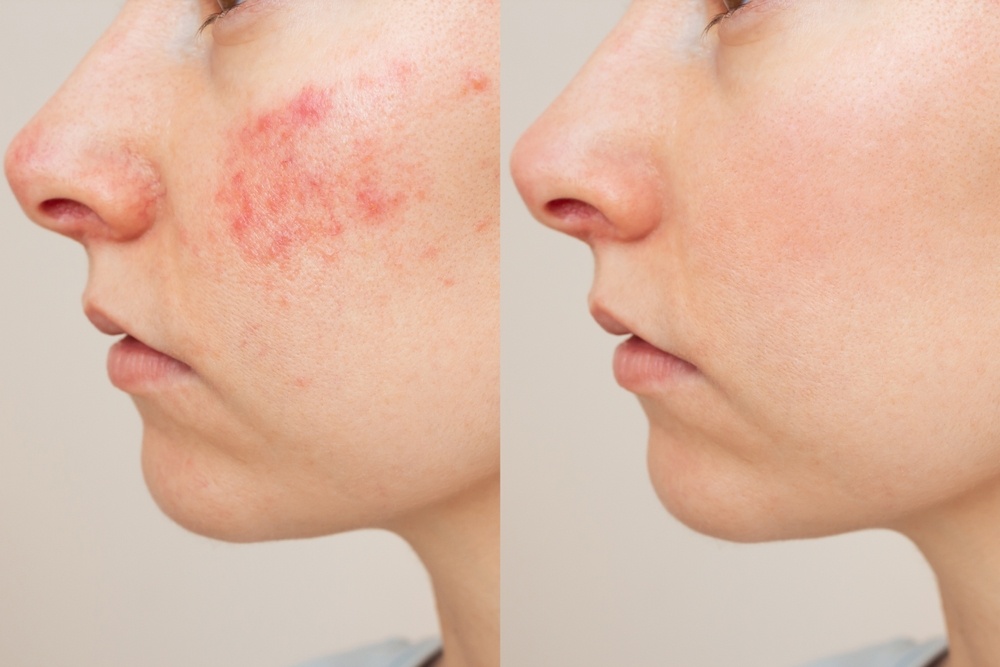Does Alcohol Cause Varicose or Spider Veins? Separating Fact from Fiction

As a vein specialist, I often hear questions about what causes vein conditions to develop. One common concern that patients frequently raise is whether their alcohol consumption might be contributing to their vein problems. Today, I'd like to clear up some confusion about the relationship between alcohol and various vein conditions.
Understanding Different Types of Vein Conditions
Before we dive into alcohol's effects, let's clarify the different types of vein conditions we're discussing:
Leg Vein Conditions Include:
- Spider veins on the legs
- Bulging varicose veins
- Venous insufficiency (when blood flows backward down the legs)
Facial Vein Conditions Include:
- Facial spider veins
- Rosacea (a red rash with visible blood vessels)
The Direct Answer: Alcohol and Leg Veins
Here's the good news: alcohol consumption does not appear to contribute to the development of leg vein conditions. This includes:
- Varicose veins
- Spider veins in the legs
- Venous insufficiency
It's perfectly understandable why many people wonder about the connection between alcohol and a vein condition. Here's why:
The Facial Vein Connection
Many people have noticed that heavy drinkers often develop visible blood vessels on their face, particularly:
- Around the nose
- Across the cheeks
- In the general facial area
This observation leads them to wonder if alcohol might have similar effects on veins in other parts of their body, particularly their legs.
Understanding Rosacea and Alcohol
Let's talk about why alcohol does affect facial veins, even though it doesn't impact leg veins:
Rosacea and Alcohol
- Rosacea is a condition that causes redness and visible blood vessels on the face
- Alcohol can trigger or worsen rosacea symptoms
- Alcohol does stimulate the development of tiny facial blood vessels
- This effect is specific to facial blood vessels and doesn't occur in leg veins
Why the Difference?
You might wonder why alcohol affects facial veins but not leg veins. The answer lies in the fundamental differences between:
- How facial blood vessels respond to triggers
- How leg veins function in circulation
- The different purposes these vessels serve in your body
What Causes Leg Vein Conditions?
Since alcohol isn't a culprit, you might wonder what does cause leg vein conditions. Common factors include:
- Genetics
- Pregnancy
- Standing or sitting for long periods
- Age
- Gender (women are more prone to vein conditions)
- Previous blood clots
- Family history
The Importance of Accurate Information
Understanding what does and doesn't contribute to vein conditions is crucial because it helps you:
- Focus on factors you can control
- Make informed decisions about your health
- Avoid unnecessary lifestyle restrictions
- Know when to seek treatment
When to Seek Treatment
While alcohol may not be causing your leg vein issues, that doesn't mean you should ignore vein symptoms such as:
- Visible varicose or spider veins
- Leg pain or heaviness
- Swelling
- Skin changes
- Restless legs
- Nighttime cramping
Taking the Next Step
If you're concerned about vein conditions in your legs, regardless of your lifestyle habits, the best thing you can do is get a professional evaluation. At Missouri Vein Care, we offer free vein screenings where we can:
- Assess your vein health
- Identify any existing conditions
- Discuss treatment options if needed
- Answer all your questions about vein health
Don't let uncertainty about what causes vein conditions keep you from seeking help. Contact us today to schedule your free vein screening. Understanding your vein health is the first step toward feeling better and preventing future problems.
Remember, while alcohol might affect facial blood vessels, your leg vein health is influenced by other factors entirely. Getting an accurate diagnosis and appropriate treatment is what matters most for your vein health.




